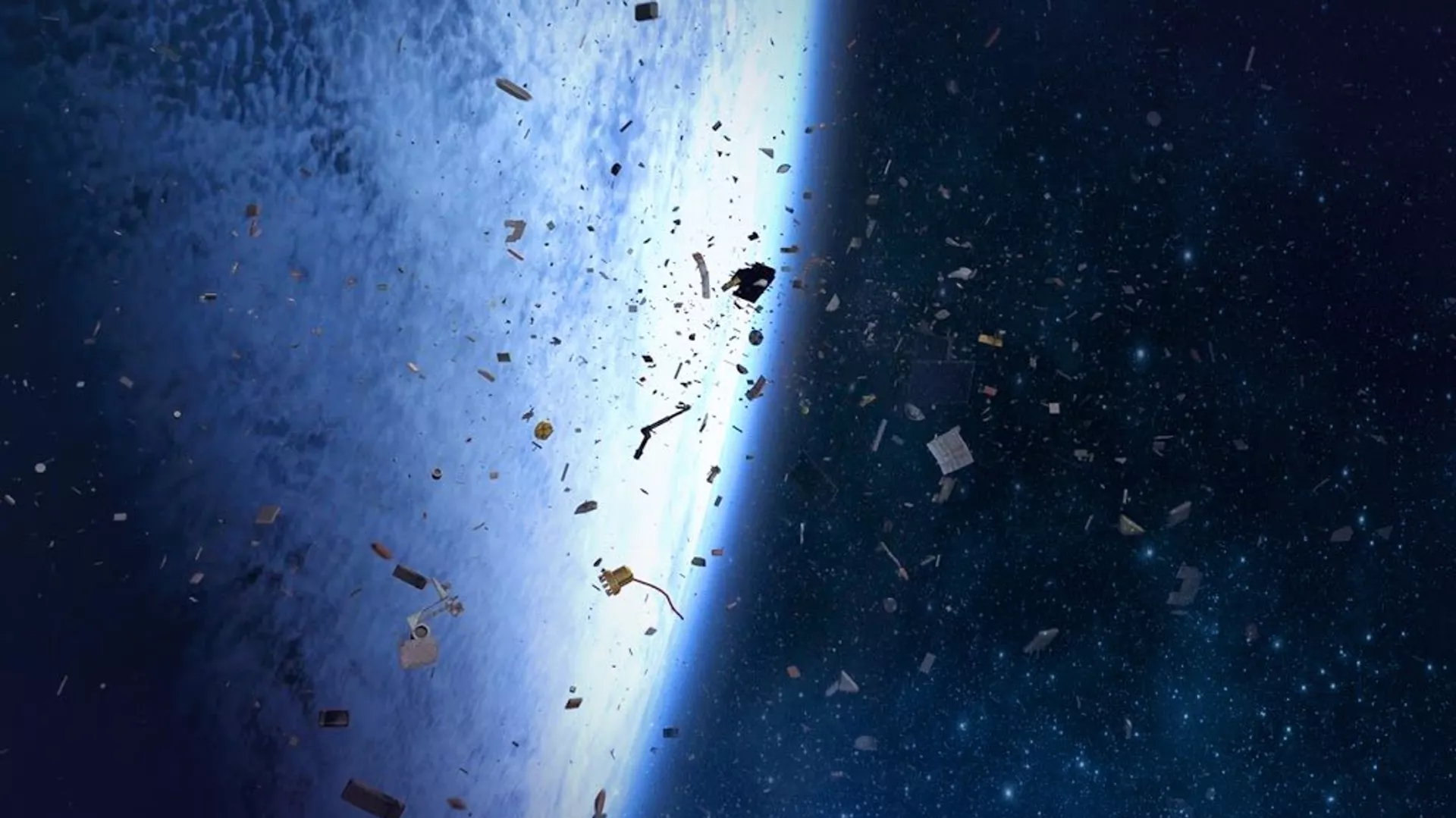https://sputnikglobe.com/20211120/aerospace-company-offers-ion-thruster-to-process-space-junk-into-rocket-fuel-in-space-1090874261.html
Aerospace Company Offers Ion Thruster to Process Space Junk Into Rocket Fuel in Space
Aerospace Company Offers Ion Thruster to Process Space Junk Into Rocket Fuel in Space
Sputnik International
Aerospace Company Offers Ion Thruster to Proceed Space Junk Into Rocket Fuel in Space
2021-11-20T02:05+0000
2021-11-20T02:05+0000
2023-04-12T16:57+0000
science & tech
australia
space debris
low earth orbit
junk
satellite
space
https://cdn1.img.sputnikglobe.com/img/103726/25/1037262558_0:34:1023:609_1920x0_80_0_0_bfca9bcbdad6cac1d0e1f7666f3c3e8e.jpg.webp
Australian aerospace company Neumann Space has developed a new technology that would enable the processing of space debris into rocket fuel in space. The “in-space electric propulsion system” is expected to enhance the potential of space flights.The chain of processing space junk is seen by specialists as a multi-step task requiring a combination of different spacecraft. So far, Japanese start-up Astroscale presented its debris-collector technology earlier this summer, and American company Nanoracks has developed a machine that would store and grind waste materials in space.Another US company, Cislunar, constructed an experimental space foundry to melt debris into metal rods that would be used in Neumann Space’s “in-space electric propulsion system” to produce solid fuel. The principle is based on an ion thruster “which uses electricity, in powerful bursts similar to an arc welder, to produce plasma, and thrust.”When Neumann Space was approached to be part of a supply chain that would melt metal in space, it seemed to them to be a little too futuristic, “but they got a grant from NASA so we built a prototype and it works,” said the company’s chief executive officer Herve Astier, as cited by The Guardian.According to Astier, the point of processing debris in space is that no money would be required to “take it down into the atmosphere and burn it up.” He added that in principle it would look like “a gas station in space.”The main issue with debris in space is the high speeds at which it travels. Even fragments as small as a button are dangerous as they can penetrate the anti-meteorite protection of the orbital station. In addition, any spacecraft or station is doomed when colliding with an object over 10 centimeters.There are approximately 128 million pieces of space debris larger than 1 millimeter and 34 thousand larger than 10 centimeters. About 3,000 satellites have been disabled due to collisions with debris.
https://sputnikglobe.com/20211118/pentagon-wants-to-make-its-space-assets-more-difficult-to-find-after-russias-anti-satellite-test-1090833604.html
australia
low earth orbit
Sputnik International
feedback@sputniknews.com
+74956456601
MIA „Rossiya Segodnya“
2021
News
en_EN
Sputnik International
feedback@sputniknews.com
+74956456601
MIA „Rossiya Segodnya“
Sputnik International
feedback@sputniknews.com
+74956456601
MIA „Rossiya Segodnya“
neumann space, processing space junk, in-space electric propulsion system, herve astier
neumann space, processing space junk, in-space electric propulsion system, herve astier
Aerospace Company Offers Ion Thruster to Process Space Junk Into Rocket Fuel in Space
02:05 GMT 20.11.2021 (Updated: 16:57 GMT 12.04.2023) While SpaceX is working hard to make reusable rockets a new reality, the launches still leave behind massive amounts of debris in orbit, posing a potential hazard to communication satellites and spacecraft, as the thousands of fragments move at speeds of up to 14 kilometers per second.
Australian aerospace company Neumann Space
has developed a new technology that would enable the processing of space debris into rocket fuel in space. The “in-space electric propulsion system” is expected to enhance the potential of space flights.
The chain of processing space junk is seen by specialists as a multi-step task requiring a combination of different spacecraft. So far, Japanese start-up Astroscale presented its debris-collector technology earlier this summer, and American company Nanoracks has developed a machine that would store and grind waste materials in space.

18 November 2021, 15:08 GMT
Another US company, Cislunar, constructed an experimental space foundry to melt debris into metal rods that would be used in Neumann Space’s “in-space electric propulsion system” to produce solid fuel. The principle is based on an ion thruster “which uses electricity, in powerful bursts similar to an arc welder, to produce plasma, and thrust.”
When Neumann Space was approached to be part of a supply chain that would melt metal in space, it seemed to them to be a little too futuristic, “but they got a grant from NASA so we built a prototype and it works,” said the company’s chief executive officer Herve Astier, as cited by The Guardian.
“We did a live technology demonstration,” he noted. “One can grab a piece of debris, one can cut the debris open, one can melt the debris, and we can use that.”
According to Astier, the point of processing debris in space is that no money would be required to “take it down into the atmosphere and burn it up.” He added that in principle it would look like “a gas station in space.”
The main issue with debris in space is the high speeds at which it travels. Even fragments as small as a button
are dangerous as they can penetrate the anti-meteorite protection of the orbital station. In addition, any spacecraft or station is doomed when colliding with an object over 10 centimeters.
There are approximately 128 million pieces of space debris larger than 1 millimeter and 34 thousand larger than 10 centimeters. About 3,000 satellites have been disabled due to collisions with debris.


